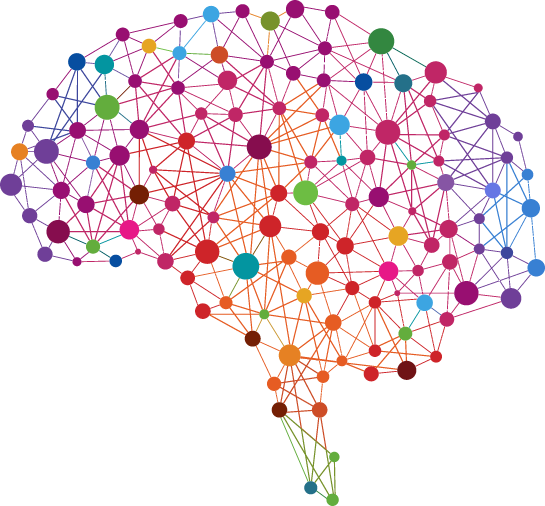
What are Knowledge Assets?
What is a Knowledge Graph? What is a Graph Database?
A knowledge graph is a new way of visualizing information and data. Unlike a chart which focuses on numerical values and chronology, a knowledge graph depicts the complex connections or relationships that link various pieces of information, creating a powerful presentation of patterns and structures of the information. The chief characteristics of a knowledge graph are nodes and connections (sometimes called edges, sometimes called graphs) between nodes. By examining the distribution of the nodes and their respective connections, it is easy to identify unusual relationships and clusters of associated information.
Because of their unique architecture, Knowledge graphs can quickly examine the second-order and third-order relationships that exist between various data, delivering deep insights about business questions or decisions. Frequently, knowledge graphs are the only tool that uncover these kinds of insights. Knowledge graphs are especially useful when applied to very large datasets that include information from many different sources. A single knowledge graph can quickly synthesize and analyze many gigabytes of information, performing a task in seconds that would have formerly taken a large team of dedicated analysts many months to complete. Knowledge graphs are widely used in the financial sector for fraud detection and risk assessment. Menome Technologies is applying the power of knowledge graphs to engineering, environment, energy and M&A sectors.
Menome has deep technology relationships with leading graph database vendors, including Neo4j, Amazon Neptune and Azure Cosmos DB. Menome Insight can be deployed using any of these engines.
